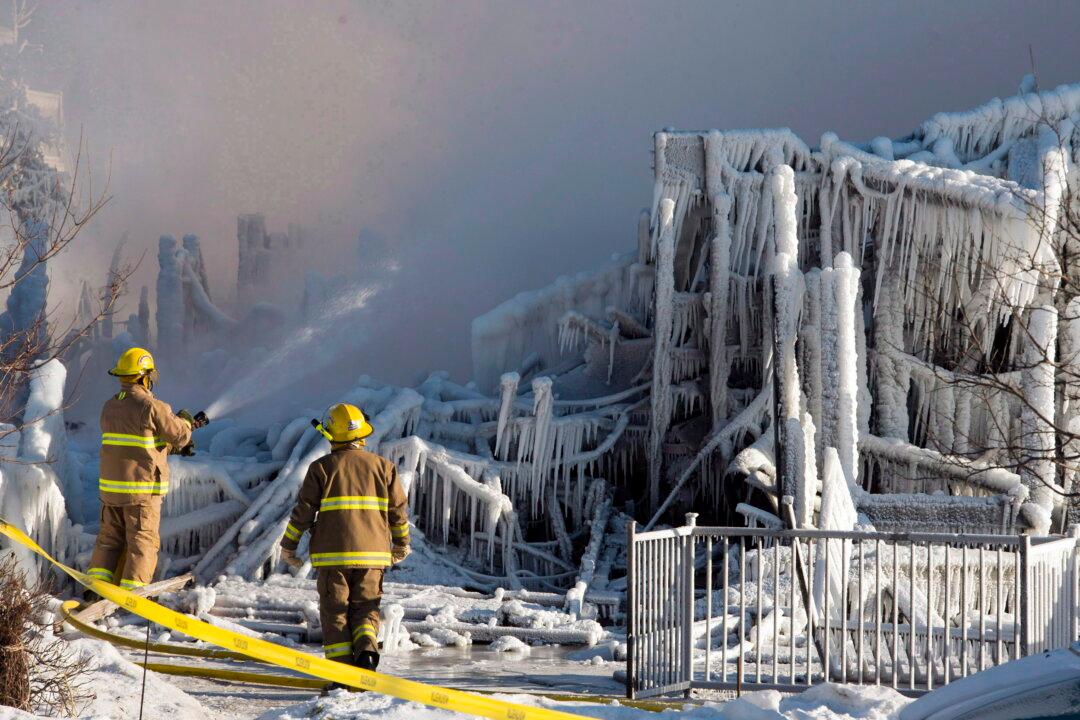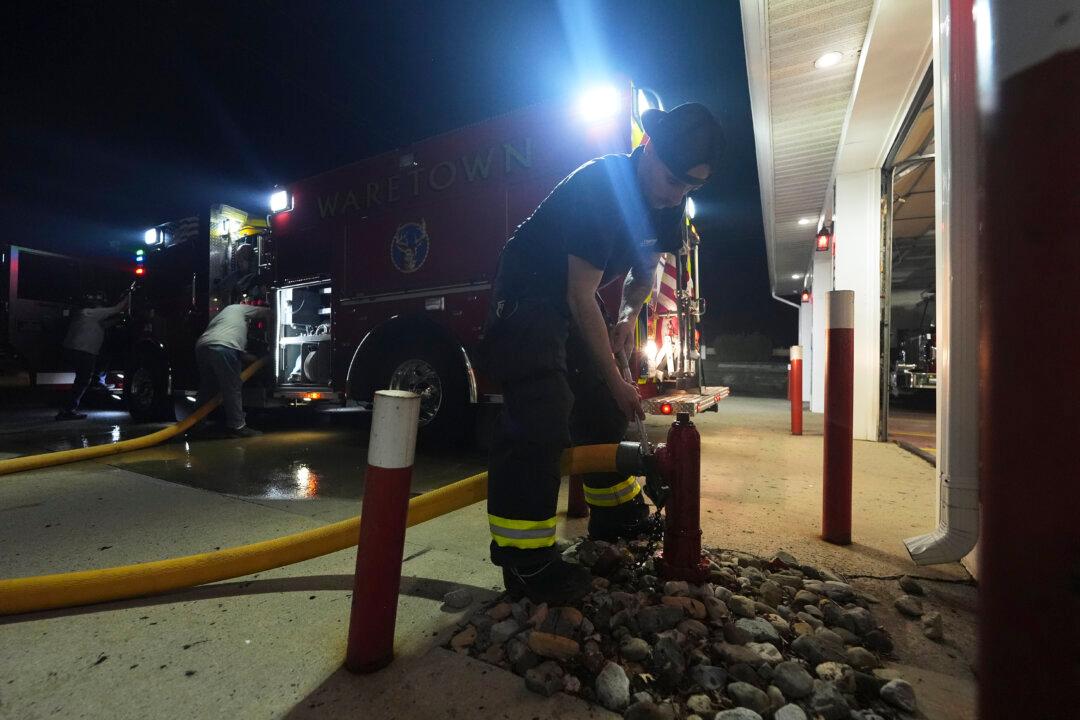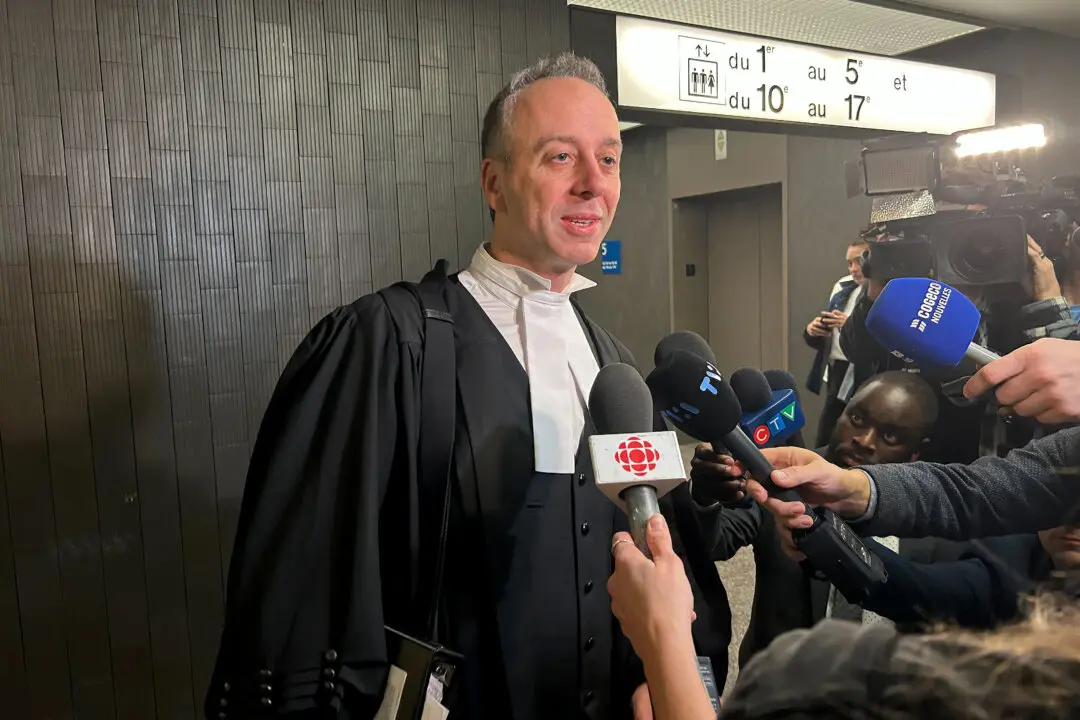Jacques Marchildon says sprinklers were the nail in the coffin for Villa Marie-Ange, the 14-person seniors residence he co-owns in St-Adelphe, Que. In the coming months, the two-storey building in the Mauricie region between Montreal and Quebec City will be put up for sale and the people currently living there will all be moved elsewhere.
His will join a list of more than 500 seniors homes that have closed in the past five years, according to the province. Owners and researchers cite as factors the burden of stricter government regulations, rising costs, and an aging population of tenants requiring increasingly complex health services.





